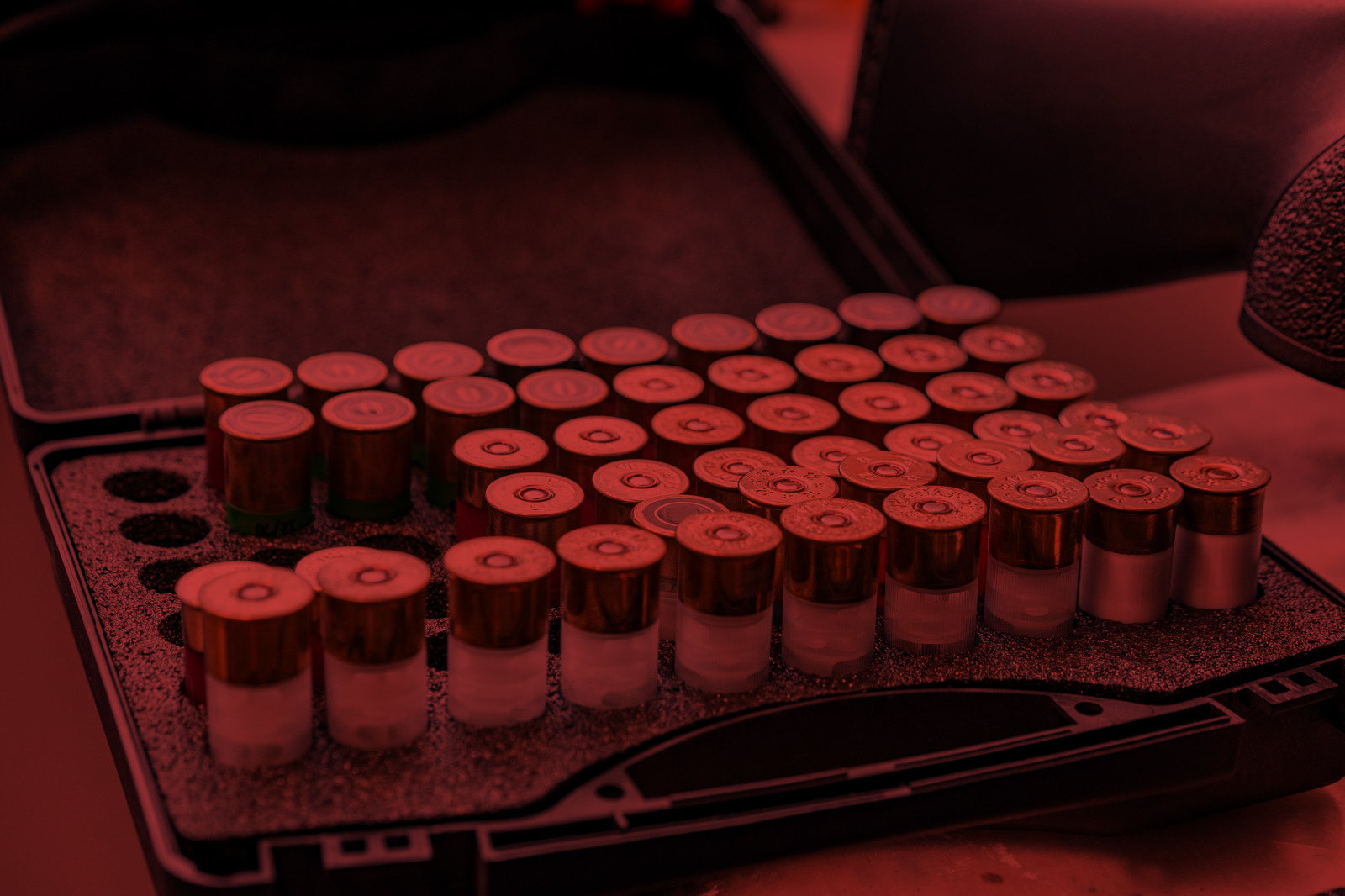
Just as it’s crucial to store food so it won’t go bad, it’s important to keep ammunition in a place where it will retain its firepower, so to speak.
Here are 10 ammo storage tips that are high caliber and will keep you on a power trip when firing your gun of choice.
1) Make sure you store your ammo in a place that’s dark, dry and cool. Humidity is the greatest enemy. Even a little moisture can cause rust or corrosion.
2) A garage is often the optimum place for ammo storage, meeting the threefold criteria of dark, dry and cool. A gun safe will provide additional protection, and some even come with a dehumidifier. In areas with extreme heat or cold, a heating/cooling system is recommended so the ammo won’t blow too hot or cold and be subsequently damaged.
3) A basement is another good place to store ammo, offering dark and cool conditions. Moisture can collect there, however, thus the phrase a dark, dank basement. It’s important to remove the dank element.
4) An ammo can is among the most popular ways of storing ammunition. Although other containers can be used, an ammo can is specifically designed for that purpose and is available in metal or plastic, new construction or military service.
5) Although ammo doesn’t have an expiration date, many manufacturers recommend not keeping it more than 10 years. To keep your ammo fresh, take the oldest cases of ammo to the range and leave the boxes of new rounds at home.
6) If money’s not an issue, there’s a safe solution. A large safe will protect your ammo from environmental threats as well as theft or unauthorized use. The downsides are expense and finding a suitable place for a large, heavy safe.
7) If an ammo can or safe doesn’t fire your gun, you can make like the manufacturers and store it in the original container.
8) If you want to go outside the box, loose rounds can be stored in buckets, coffee cans or heavy-duty ziplock bags. Regardless of the container, protection from the elements is crucial.
9) With moisture being a sworn enemy of ammunition, adding a couple of silica gel desiccant packs to each container can keep things dry.
10) Labeling is important to keep track of your ammo. Factory packaging makes that job easier, but there can be an issue with the cardboard or foam factory packaging absorbing water. If you opt for this method, place the factory box in an airtight container. If another container is used, make sure to identify the ammo. The best way to do this is to tear off the end label that features ammo specs and attach it to the container.
Note: The information provided in this article regarding is intended for general informational purposes only. We assume no responsibility for the accuracy, completeness, or timeliness of the information presented herein.
Regulations can vary greatly by location, and they are subject to change at any time due to legislative updates, legal interpretations, or other factors beyond our control. It is imperative that readers verify the current ammunition regulations in their specific jurisdiction through official government sources, law enforcement agencies, or legal professionals before making any decisions or taking any actions related to ammunition possession, purchase, or use.
We disclaim any liability for any loss, injury, or damage incurred as a result of the use or misuse of the information contained in this article.
5519 Export Blvd. Savannah GA 31408
5519 Export Blvd. Savannah GA 31408
Armory Farm – Copyright 2021



